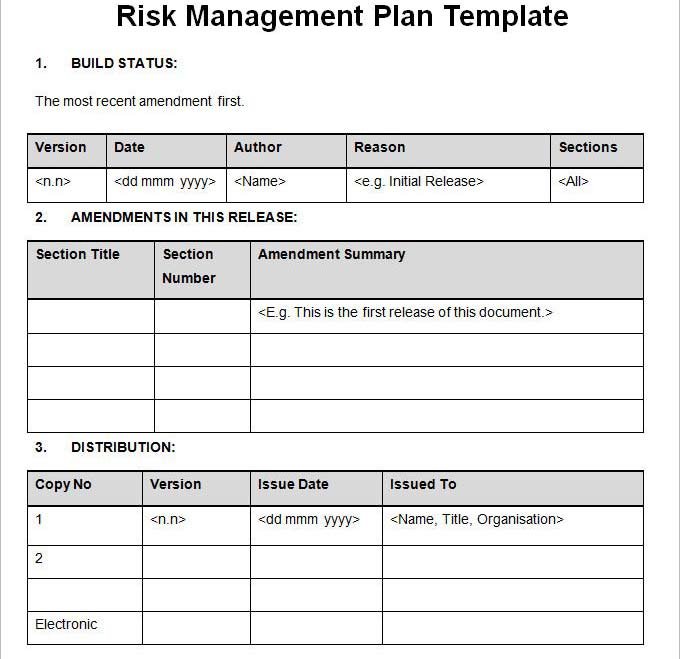Looking for a risk response planning framework? Some strategical template for risk management is for you (Free Download).
There are different stages of the risk management process as following:
- Identification of the Risks
- Qualitative and Quantitative analysis of the Risks
- Development of the Risk Response Plans
- Risk profit analysis template helps you also for managing
Below you can identify some of the best Risk Response Plan Example, essential for new product development.
What is a Risk Response Planning?
Risk response planning is an approach used for the reduction and elimination of potential threats. It works to minimize the impact of threats on the project key performance indexes.
- It’s the responsibility of the project managers to identify and analyze all the risks that may affect the performance of the project.
- There can be different risk response strategies after the identification of the risk.
- However, the risk response planning covers the field of working to reduce the probability of risk occurrence as well as the impact of risk realization.
Moreover, even after satisfying risk planning. It is important to have a contingency plan in hand to deal with the situation of risk realization. The mitigation strategies and contingency plans are part of risk response planning.
As there will be a lot of risks that can’t be mitigated in the planning stage due to multiple reasons. In that case, contingency plans will help the project to survive.
Also, project managers don’t have much time and resources to work on all the risks/threats. It’s an iterative approach that doesn’t stop even during the implementation phase of the project.

Examples of Risk Response Planning:
There are different risk response strategies. However, it is important to identify the risk as a threat or opportunity. The strategy that will be adopted purely depends on the nature of the risk.
The common threats response strategies are:
- Avoid: It focuses to reduce the probability of occurrence to zero.
- Mitigate: it focus to minimize the impact of risk on the project performance factors in case the risk can’t be eliminated.
- Transfer: It focuses to transfer the risk management and cost of risk to some other party.
- Accept: It focus to deal with the consequences of the risk.
The common opportunity response strategies are:
- Exploit
- Enhance
- Share
- Accept
Let’s understand the Risk Response Plan Example with an example. After the identification and analysis of the risk. It is recommended to make a project risk matrix. So, the priority of dealing with the risk can be identified.
So, take a potential risk with high-risk score and priority of dealing, and make a risk response matrix. Let’s suppose a project has a risk of Hardware Malfunctioning. As the risks can’t be avoided due to the nature of the hardware. Therefore, the mitigation strategy of selecting a reliable vendor and transfer response of the warranty can be fixed.
The contingency plan must be created in the second stage as order replacement in hardware malfunctioning case. The trigger of the risk must be mentioned as equipment failure along with the name of the responsible person.
How to create a Risk Management Template?
A risk management template is a tool used by the project managers in the project risk management stage. This phase has three key processes and spreadsheet type Risk Management templates cover all.
There are two key sections of the project risk register template. One is for the identification and analysis of the risks. While the second one deals with the project risk response planning.
The project risk matrix includes the following details:
- List of Activities
- Reason / Cause
- Effect
- Risk Assessment (Probability, Impact, and Level of Risk)
- Priority
- Risk Response
- Cost of Strategy
The other spreadsheet of the project risk management template includes a matrix to deal with the risk response planning phase. Therefore, it has a number of factors to work on risk response strategies.
There are several columns of risk response matrix. Firstly, is enlist the potential risks as risk events. After that four columns are added as risk response. The response, contingency plan, trigger, and responsible person is the key information presented by the risk response section of the risk management template.
In conclusion, Risk Response Plan Example is an important process of risk management. It helps the project managers to devise strategies to deal with the risks after the identification and analysis based on the risk level and priority.
